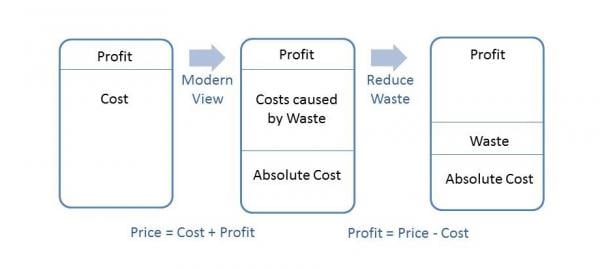November 17, 2016

November 17, 2016

For a number of years, discrepancy and failure investigations within the pharmaceutical industry have been populating the Top 3 of a Food and Drug Administration (FDA) Observation list.
Unfortunately, this distinguished list depicts the top reasons why a 483 or warning letter would be issued to a company. Essentially, the FDA is stating that either companies are not investigating discrepancies and failures or their investigations are undoubtedly deficient on a consistent basis. In an earlier blog entitled Five Most Common Mistakes When Writing an Investigation, the author noted that the commonly identified mistakes for investigations are close-minded investigations, failing to identify and/or execute the appropriate CAPA, incomplete investigations, poorly written investigations, and inadequate Quality Impact Assessment.
Throughout my fairly extensive career, I’ve written and reviewed many investigations and, through the process, retained a few basic principles or “best practices.” Whether it’s investigating a roof leak into a manufacturing suite, a missed in-process time check, a differential pressure alarm, or an insect found in a lab, these same practices apply.
Here are a few of the easiest ones to adopt:
Investigations should be stand-alone (not leveraging another document), thorough, and objective.
Root cause and contributing factors should be identified and adequately supported.
Corrections and corrective and preventive actions (CAPAs) should be aligned with the root cause identified and appropriate.
Historical searches performed should be clearly defined and include search criteria (i.e., key words).
Product quality impact should be clearly detailed, fully evaluated, and documented.
Regardless if you are writing or reviewing company investigations within the pharmaceutical or any other industry, keeping these principles in view and making them best practices will, without a doubt, remove your company from the FDAs “premier” Observation list.
1. Five Most Common Mistakes When Writing an Investigation – ProPharma Group blog, 12/17/2015
Learn more about ProPharma Group's Compliance services.
Contact us to get in touch with our subject matter experts for a customized presentation.

March 12, 2014
At the recent Pharmaceutical Compliance Congress (PCC), Zane Memeger, U.S. Attorney for the Eastern District of Pennsylvania stated that one of the key questions that a company should ask about its...

July 22, 2014
In a blog earlier this month, I mentioned that there are recent initiatives underfoot that FDA hopes will create FDA-industry partnerships, increase transparency, utilize data more effectively, and...
January 10, 2013
4 Key Parts to a Complete Product Complaint Handling ProgramAccording to 2012 FDA statistics, drug company’s Product Complaint handling systems (21 CFR 211.198) were cited in 142 Turbo EIR...